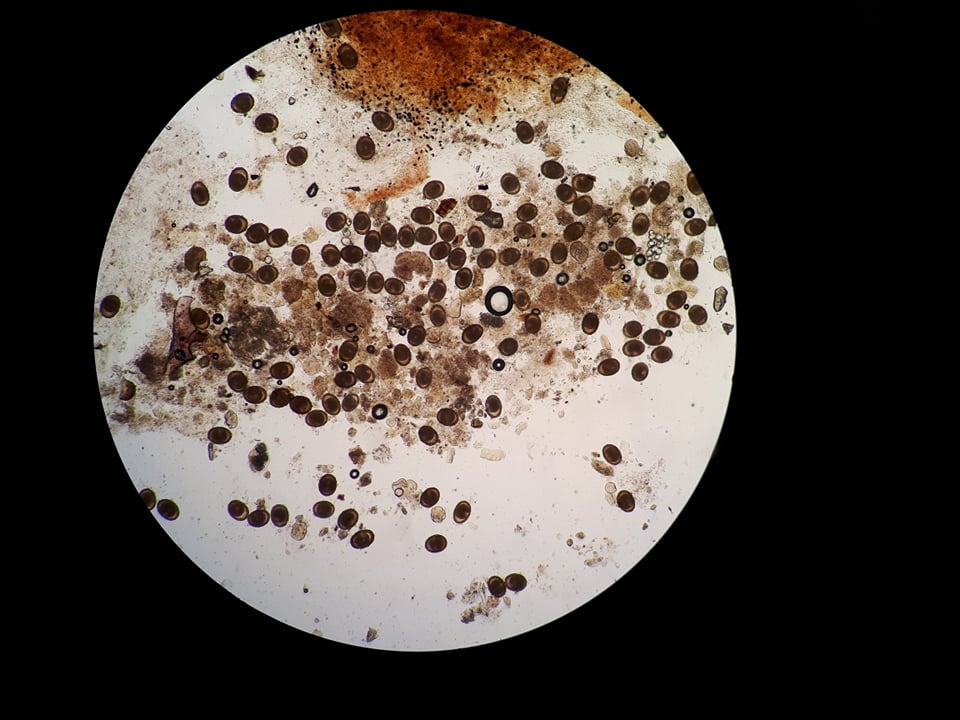Wildtiere können eine wichtige Rolle bei der Dynamik der Übertragung von Krankheitserregern spielen. Sie beherbergen viele Parasiten, die für die Gesundheit von Mensch und Haustier von Bedeutung sind. In städtischen und ländlichen Gebieten können sich Wildtierarten an anthropogene Ressourcen wie Unterkünfte und Nahrung anpassen.
Molecular epidemiology of protozoan parasites in wildlife from urban and rural settlements in Germany
Wild animal species at the urban-rural gradient are of significant importance in disease transmission. Their role as parasite vectors has been previously highlighted in several occasions. We investigate parasite presence in some urban adapter species in different areas across urban-rural gradients. We pay particular attention to invasive species like raccoons (Procyon lotor), and Egyptian goose (Alopochen aegyptiaca); to native wild species in contact with livestock and humans, such as: field rodents, wild boar (Suis scrofa), foxes (Vulpes vulpes) and waterfowl. We also investigate wild animals kept as pets like exotic birds. For this particular projects we focus on protozoan parasites such as Eimeria spp., Cryptosporidium spp., Giardia spp., Sarcocystis spp., Toxoplasma gondii. Through haplotype and phylogenetic analysis of these parasites, we hope to elucidate the role wildlife species could play in parasite transmission.
(Dr. Renteria-Solis)
